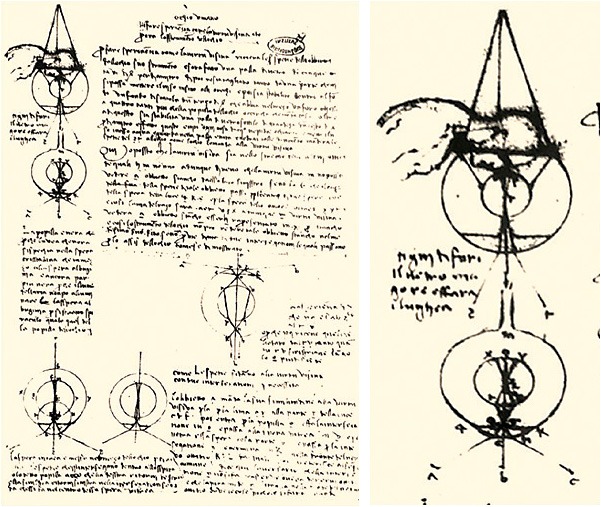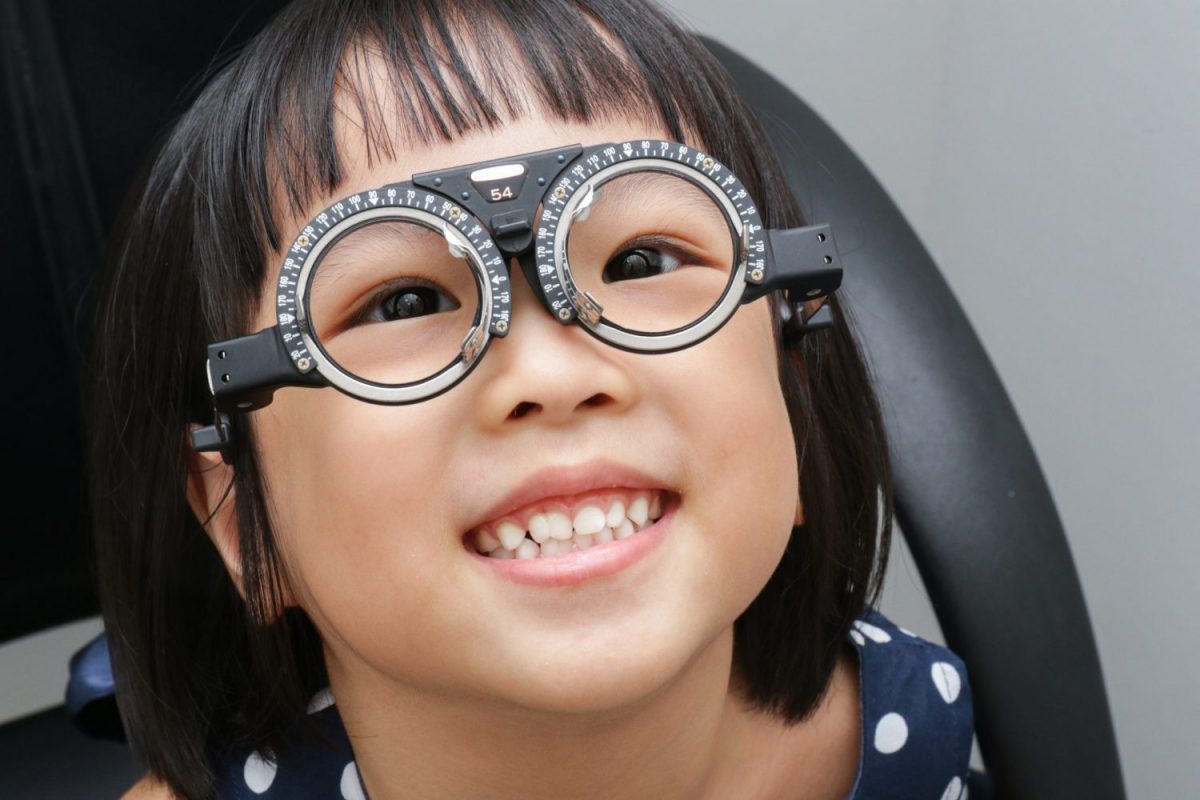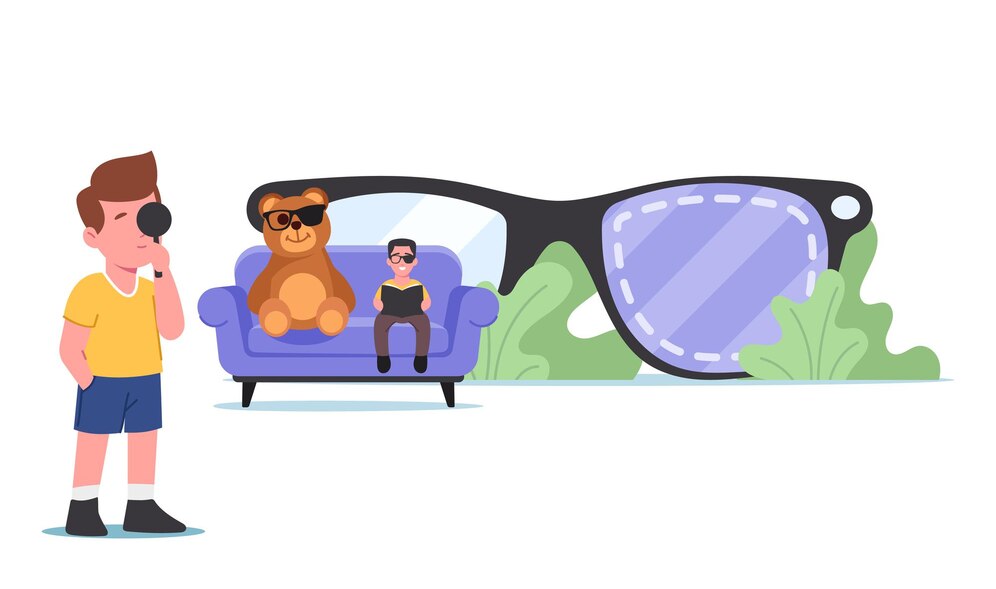What is Ortho-K?
In recent years, I believe that most parents will not be unfamiliar with Ortho-K lenses. As increasingly modern research data prove that wearing Ortho-K lenses can slow down the deterioration of children’s myopia. Ortho-K lenses have become the new favourite of the current myopia control market. However, for better comprehension, I’d better briefly introduce what Ortho-K lens is all about first.
“Ortho-K” is an abbreviation of “Orthokeratology”. In fact, it is a specially designed hard contact lens and tailor-made, according to the shape of the user’s cornea. Within a certain diopter of myopia, users only need to wear Ortho-K lenses when they sleep at night, to enjoy clear vision, after taking off the lenses during the day.
Out of Mistakes, Ortho-K Lenses Come to Witness Miracles
To talk about the development of Ortho-K lenses, we should start from the development of ordinary contact lenses. The earliest recorded concept of contact lenses was mostly considered retroactive to the 16th century. People found a portrait in Leonardo da Vinci’s manuscript. In the portrait, a man’s face was completely immersed in a water tank. The text next to the portrait described that doing so might change people’s eyesight. (That statement was questionable, as some scholars thought that people misunderstood Da Vinci).

Da Vinci’s manuscript in 1508 (Image source: Contact Lens Spectrum)
By the time of the 1950s and 1960s, it was quite popular to wear hard contact lenses every day. Because of the limited materials available at that time, they were not permeable to oxygen, so the lenses were usually made a little more “flatter” than they should be curved, making it easier for tears with fresh oxygen to flow under the lenses, to maintain the health of the cornea. From the perspective of modern technology, that kind of “flat” lens can be a mistake, just like specifically asking you to wear clothes that don’t fit.
But the interesting thing is that when people take off these ill-fitting lenses, miraculously, their eyesight improve, and myopia becomes less severe. It turns out that our corneal curvature can be artificially changed by lenses, and the corneal curvature will directly affect the diopter and vision. This inadvertent mistake has laid the foundation for the development of Ortho-K lens in the future. The design of Ortho-K lens has undergone many different improvements on this basis. Until 1989, the emergence of reverse geometric design became the ancestor of modern OK lens.

Ortho-K lens achieves the effect of myopia correction, by changing the corneal curvature (Image Source: Adobe Stock)
Approved by the FDA and Became the New Favourite of Myopia Control
Unfortunately, the oxygen permeability of materials at that time did not keep up with the development of Ortho-K lens, so it could not be widely used. It was not until the emergence of some ultra-highly gas permebable materials, that Ortho-K lenses became popular. In 2002, the U.S. Food & Drug Administration (FDA) has approved that OK lenses could be worn overnight, to reduce myopia, and in 2012, OK lenses could be used for myopia control.
Failure is the mother of success. These ill-fitting lenses have become the technical basis of Ortho-K lenses. The world is unpredictable, so everyone should be on the look-out for things happening around you, as a small discovery made in minutes can change the world.
Special acknowledgement:
Dr. OK
PhD
BSc (Hons) in Optometry
Registered Optometrist (Part I)
Other Posts:
 【Guidelines for Nearsightedness Prescription】3 Myths about Filling a Prescription and 5 Major Sympto...
【Guidelines for Nearsightedness Prescription】3 Myths about Filling a Prescription and 5 Major Sympto...
Nowadays, children never part with their mobile ph... 【Lazy Eye】How to Prevent "Lazy Eye” and Amblyopia? Until What Age Can a Lazy Eye Be Treated?
【Lazy Eye】How to Prevent "Lazy Eye” and Amblyopia? Until What Age Can a Lazy Eye Be Treated?
Since 2019, COVID-19 has become a pandemic around ...
